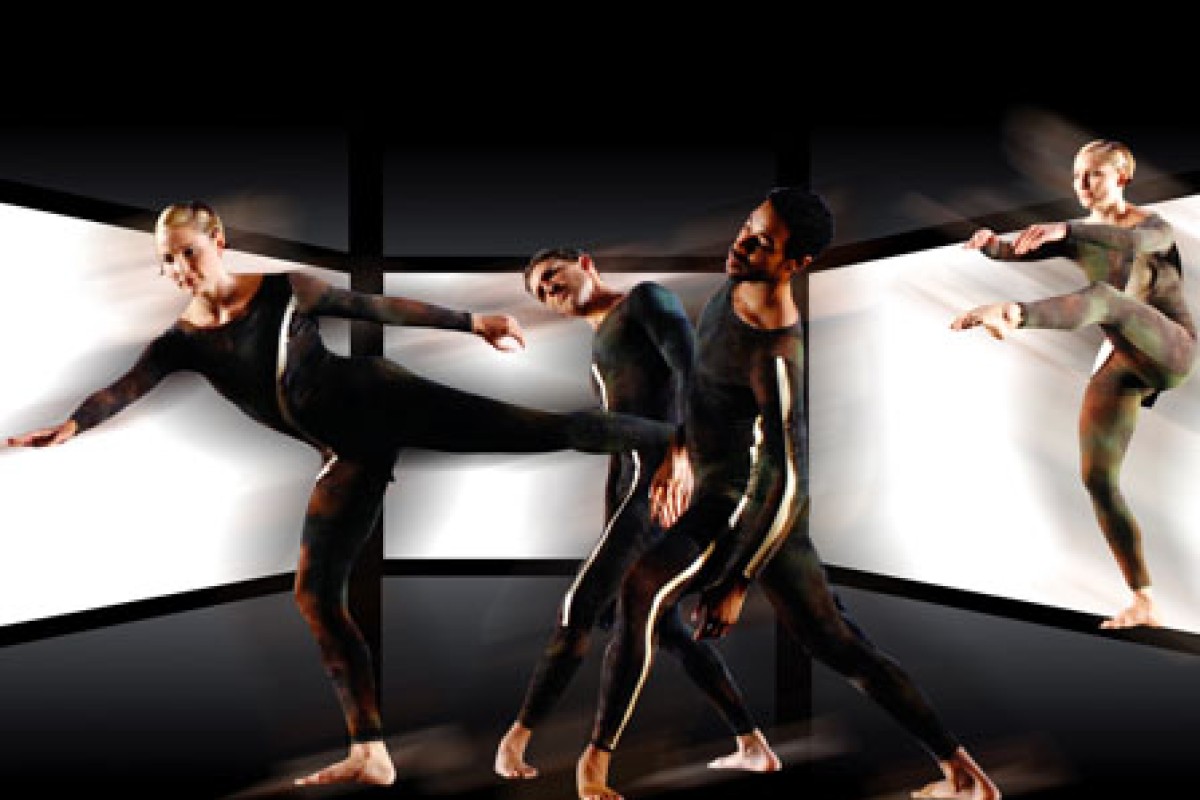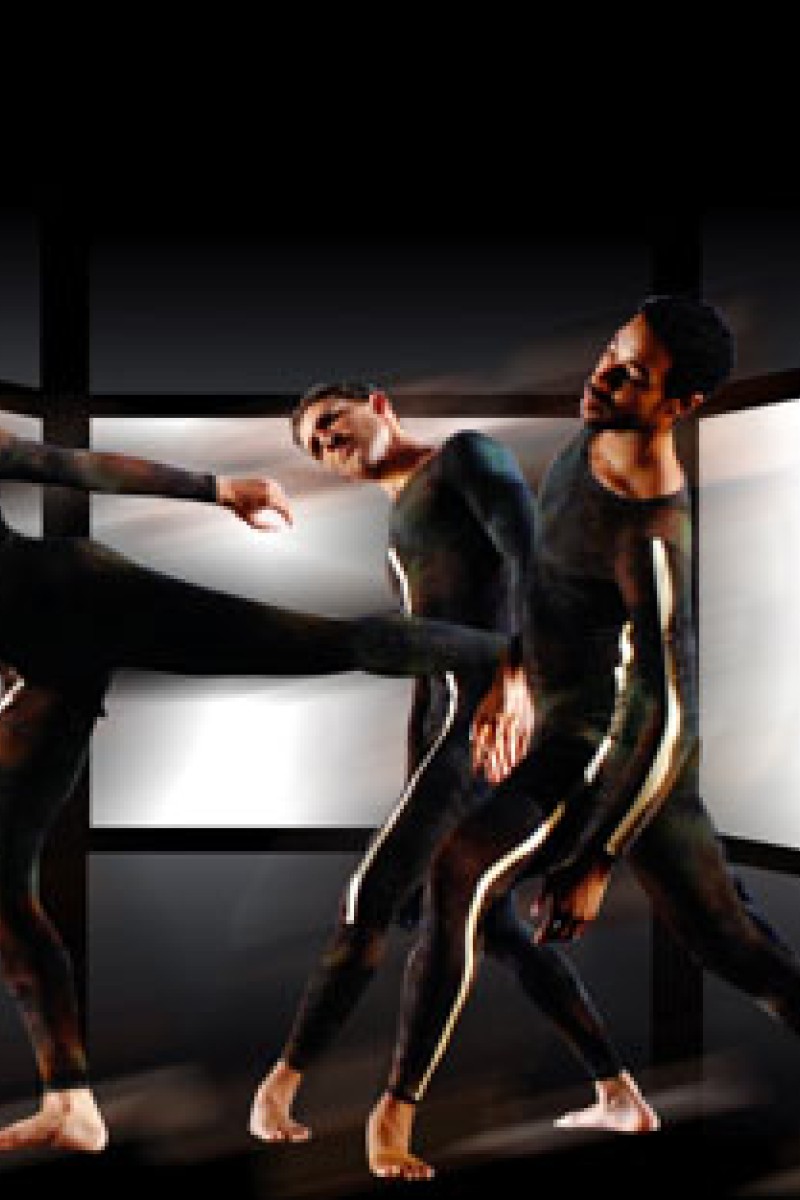 Merce Cunningham Dance Company (main photo) and Andrea Weber (bottom right)
Merce Cunningham Dance Company (main photo) and Andrea Weber (bottom right)"After founding his own dance company, Merce began collaborating with composer John Cage, and they were the first to separate music from dance," Robert Swinston, the director of choreography for the Merce Cunningham Dance Company, tells Young Post. "Our dances are made in silence. When we rehearse, we do it in silence. The only time music is heard is at the performance."
Cunningham was never one to follow the status quo, and he revolutionised modern dance by rejecting conventions. As well as creating dance sequences separately from music, he also shunned the narrative aspect of dance composition. There is no storyline in a Cunningham piece; instead, it focuses on pure movements, resulting in a more abstract form of dance. This can make it hard for people who don't know a lot about dance to follow.
"Our dance is movement-based," says Swinston, who served as Cunningham's assistant for 17 years. "They're not based on story. It's not like a ballet where they tell a story about swans or princesses ... although [Cunningham's] work is quite classical in that the forms relate specifically to the classical positions in ballet. With Merce, it's just dancers dancing."
As a result, when it comes to a Cunningham piece, there is no middle ground - you either love it or hate it. More often than not, though, after experiencing his work, people begin to discover the sheer beauty of body movement in its purest and simplest form.
Cunningham was already a renowned dancer before he became a choreographer. In 1937, he studied at the Cornish School in Seattle (now called Cornish College of the Arts). After attending a summer class at Mills College in California, he met legendary dancer and choreographer Martha Graham, who recognised his potential and invited him to dance for her company, The Martha Graham Dance Company. In 1953, he formed the Merce Cunningham Dance Company. Over his long and celebrated career, he choreographed more than 150 dances and 800 events.
Cunningham's final work was Nearly 90, a dedication to his reaching the ripe old age of 90. It debuted at the Brooklyn Academy of Music on his birthday, April 16, 2009. Three months later he died in his sleep at home.
Most recently, the company staged a pared-down version, Nearly 902 at the Hong Kong Cultural Centre. "The original [Nearly 90] had decor designed by an architect which weighed about [seven tonnes]," says Swinston. "This is impractical to tour with. Nearly 902 is a more practical way we can perform the piece, and the choreography is the same as the original."
Cunningham has always been regarded as a forward thinker. Before his death, he established a set of guidelines as a roadmap for the future of the company that bears his name. As outlined in the Legacy Plan, the Merce Cunningham Trust was established as the successor to the company, which would embark on a two-year Legacy Tour then disband. The final performance is set to take place in New York this coming New Year's Eve. In a final, typically unconventional move, Cunningham said tickets to this historic show must only cost US$10.
Dancer Silas Riener, Jamie Scott and Rashaun Mitchell
Dancer Melissa Toogood, Brandon Collwes and Dylan Crossman
Merce Cunningham Dance Company
